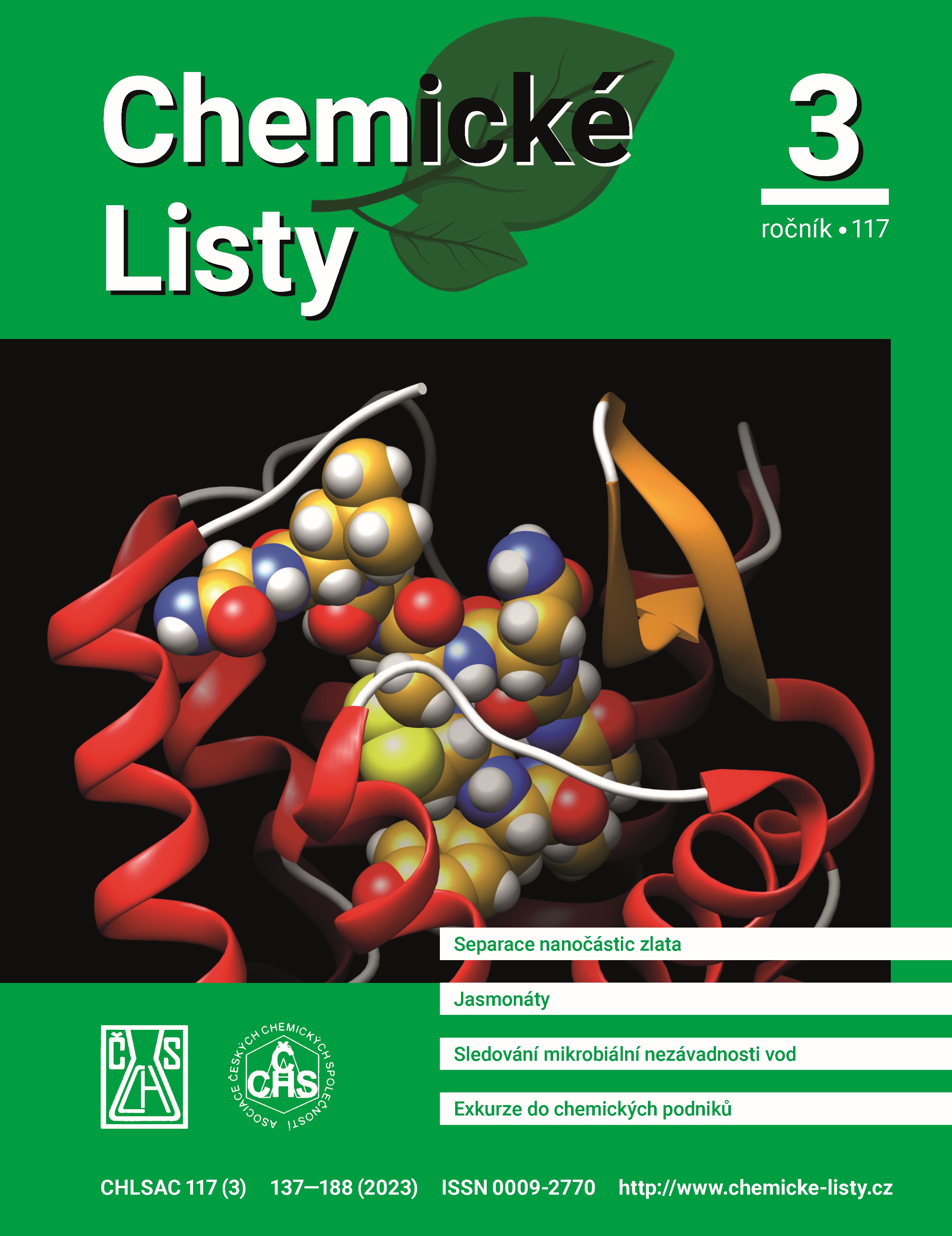Jasmonates, Their Biosynthesis, Metabolism and Signalling Pathway in Plant Organisms
DOI:
https://doi.org/10.54779/chl20230147Keywords:
jasmonic acid, biosynthesis of jasmonates, jasmonate signalling pathwayAbstract
Jasmonates, derivatives of jasmonic acid, are lipid-derived oxylipins with cyclopentanone ring, produced as a result of dioxygenation mediated by lipoxygenases. The biosynthesis of jasmonic acid is catalysed by a series of different enzymes, starting from lipoxygenase, allene oxide synthase, allene oxide cyclase and 12-oxophytodienoic acid reductase to the final three rounds of β-oxidation. Consequently, a few metabolites known as jasmonates are formed from the resulting jasmonic acid. Some of these metabolites are active and able to work on the jasmonate receptor and thus start the jasmonate signalling pathway. Products of gene expression resulting from this pathway have a great significance in plant growth, development, reproduction, senescence and also in defence and adaptation to various adverse environmental conditions.





